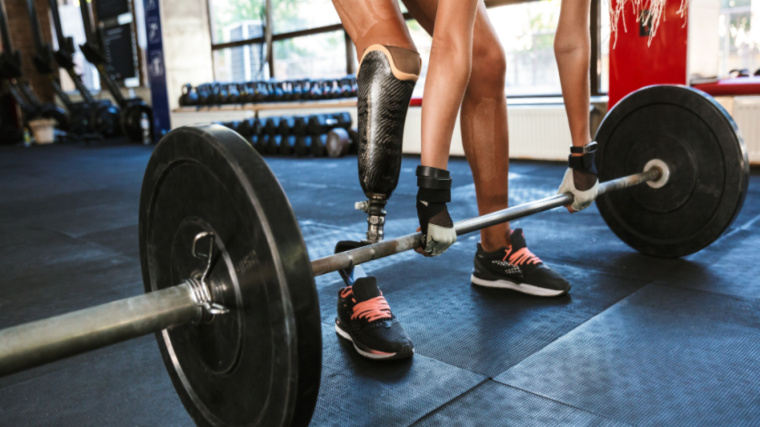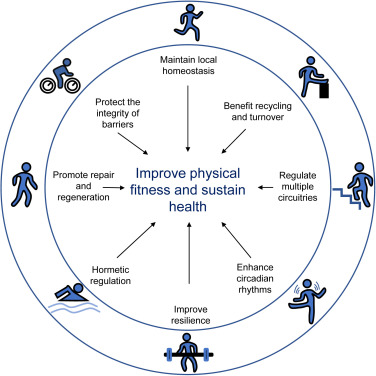
Is Your Training Actually Scientific or Just Guesswork?
Introduction: The Problem With “Bro-Science” Training
Every day, countless athletes and gym-goers grind through their workouts, believing they’re following a “solid program.” But here’s the uncomfortable truth — most training today is still guesswork. It might look scientific on Instagram. It might sound convincing when someone says “trust the process.” But unless your training is grounded in measurable data, guided by physiology, and built on progression — it’s not science. It’s educated guessing at best.
At NASC, we teach one simple principle:
“If you can’t measure it, you can’t improve it.”
1. The Difference Between Science and Guesswork
Let’s make it clear. Science is systematic — it follows evidence, tests outcomes, and refines decisions based on feedback. Guesswork relies on what “feels right” or what someone else did online.
| Scientific Training | Guesswork Training |
|---|---|
| Uses testing and tracking (1RM, HRV, jump data) | Chooses weights randomly |
| Follows progressive overload and periodization | Changes workouts every week |
| Monitors recovery and readiness | Trains hard daily regardless of fatigue |
| Adjusts based on data | Adjusts based on emotion |
| Has long-term structure | Chases daily intensity |
One builds athletes. The other builds frustration.
2. Data Doesn’t Lie — But Effort Can
Many athletes believe effort equals progress. Effort matters, yes — but effort without structure can lead to stagnation or even regression. Scientific training uses feedback loops — metrics that validate whether effort is moving the needle.
Examples:
-
Did your bar velocity increase this month?
-
Did your recovery markers improve?
-
Is your relative strength ratio progressing?
If you can’t answer those, you’re not tracking — you’re guessing.
“Hard work is good. Measured work is better.”
— NASC Coaching Standard
3. The Core of Scientific Training: Measurable Adaptation
Every NASC-certified coach bases programming on three measurable principles:
-
Overload – Stress must gradually increase.
-
Recovery – Adaptation happens only when rest and nutrition are adequate.
-
Specificity – The body adapts exactly to what it practices.
Without quantifying these — through testing, session RPE, load tracking, and recovery monitoring — the program is nothing more than a collection of exercises. That’s why NASC trains coaches to use performance metrics as decision tools, not just afterthoughts.
4. Common Signs You’re Still Training by Guesswork
If any of these sound familiar, it’s time to rethink your strategy:
-
You don’t record your training loads or volume.
-
You decide weights based on “feel.”
-
You copy programs from influencers or elite athletes.
-
You never plan deload weeks or track fatigue.
-
You have no testing data — only vibes.
Guesswork often feels productive because it’s hard — but hard doesn’t always mean effective.
5. The NASC Approach: From Intuition to Intelligence
At NASC, we combine data with discipline.
Our certified coaches are trained to:
-
Conduct performance testing (strength, power, endurance).
-
Use monitoring tools (HRV, velocity, RPE).
-
Implement periodization models (linear, undulating, block).
-
Evaluate progress through analytics, not anecdotes.
This creates training that is dynamic, measurable, and truly individualised — not generic.
6. How to Turn Your Training Into Science
You don’t need a lab to train scientifically. You just need structure:
Track key metrics: load, reps, rest, RPE, recovery.
Apply progression: increase something each week — volume, load, density.
Plan recovery: deload every 4–6 weeks.
Test periodically: retest strength, power, and mobility every 6–8 weeks.
Reflect and refine: review trends, not single sessions.
When data meets discipline, improvement becomes predictable.
7. The Future of Training: Evidence, Not Ego
The fitness world is shifting fast. Wearable tech, athlete monitoring, and performance databases are redefining how we train — and guesswork is being exposed. The future belongs to evidence-based coaches who use both science and intuition. They know when to push, when to pull back, and — most importantly — why. That’s the NASC difference: a new generation of coaches who think critically, not emotionally.
Conclusion: Stop Guessing, Start Measuring
If your training doesn’t include testing, tracking, and reflection — you’re not following science. You’re following momentum. Science turns movement into progress. Guesswork turns effort into noise.
The question isn’t whether you’re training hard — it’s whether you’re training smart.
And the smartest way forward is clear:
Train with evidence. Train with NASC.
References
-
Bompa, T. & Buzzichelli, C. (2018). Periodization: Theory and Methodology of Training. Human Kinetics.
-
Jeffreys, I. (2016). Strength and Conditioning for Sports Performance. Routledge.
-
Kraemer, W. J., & Fleck, S. J. (2017). Optimizing Strength Training: Designing Nonlinear Periodization Workouts. Human Kinetics.



